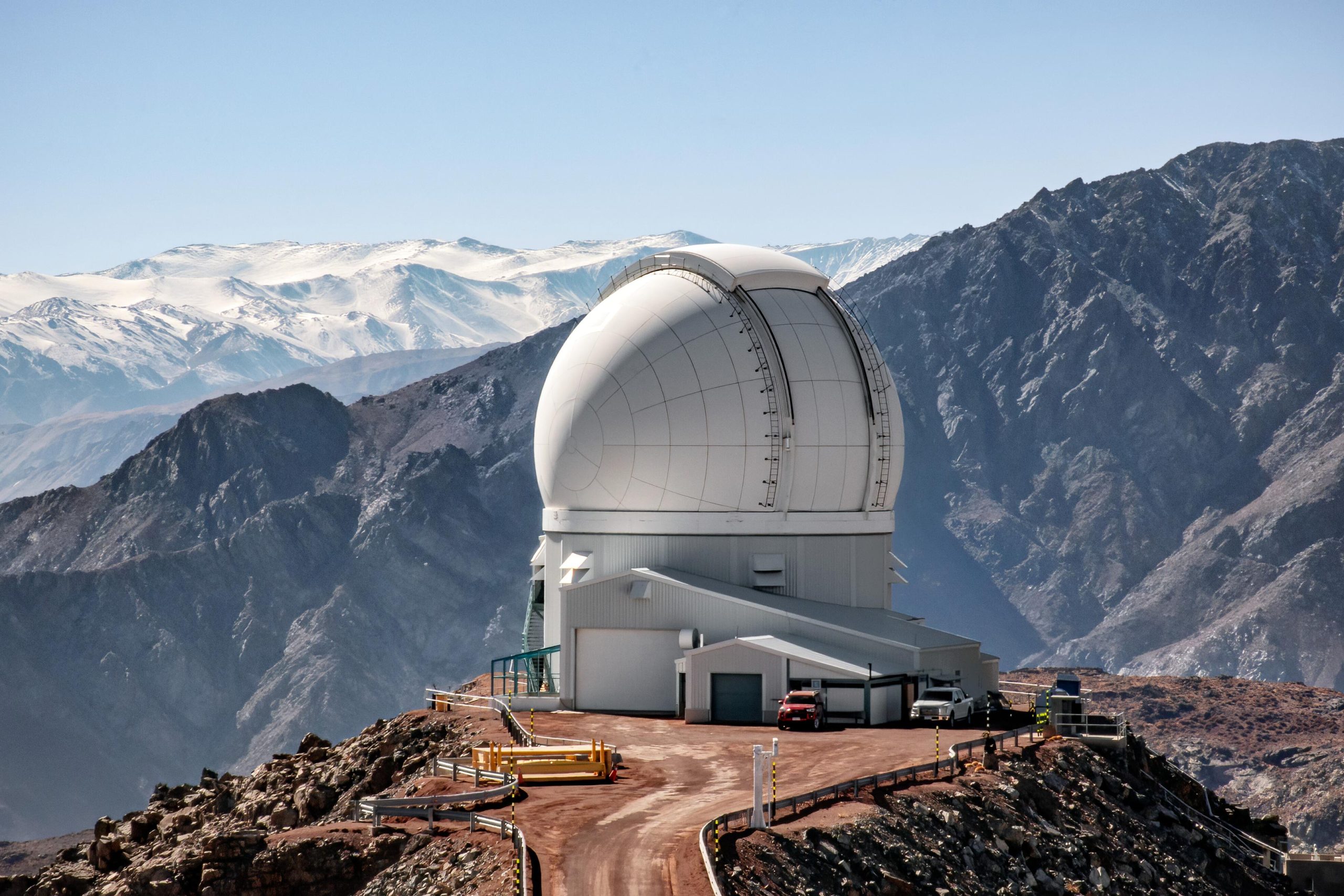The Southern Astrophysical Research (SOAR) Telescope on Cerro Pachon in Chile. Credit: NOIRLab
Researchers have recently utilized skipper charge-coupled devices (CCDs) on the 4.1-meter Southern Astrophysical Research Telescope to capture the first astronomical spectrum using this technology.
Recent advancements in skipper CCD technology have enabled precise, low-noise astronomical observations, paving the way for future scientific breakthroughs in cosmology and beyond.
Using an instrument on the 4.1-meter Southern Astrophysical Research (SOAR) Telescope, researchers obtained the first astronomical spectrum using skipper charge-coupled devices (CCDs).
The results were presented on June 16 at the Society of Photo-Optical Instrumentation Engineers Astronomical Telescopes + Instrumentation meeting in Japan by Edgar Marrufo Villalpando, a physics PhD candidate at the SENSEI and OSCURA, but the recent presentation showed the first time the technology was used to observe the night sky and collect astronomical data.
On March 31 and April 9, the researchers used skipper CCDs in the SOAR Integral Field Spectrograph to collect astronomical spectra from a galaxy cluster, two distant quasars, a galaxy with bright emission lines, and a star that is potentially associated with a dark-matter-dominated ultra-faint galaxy. In a first for astrophysical CCD observations, they achieved sub-electron readout noise and counted individual photons at optical wavelengths.
“What’s incredible is that these photons traveled to our detectors from objects billions of light-years away, and we could measure each one individually,” said Marrufo Villalpando.
Impact and Future Applications of Skipper CCDs
Researchers are analyzing data from these first observations, and the next scheduled run for the skipper-CCD instrument on the SOAR Telescope is in July 2024.
“Many decades have passed since the skipper was born, so I was surprised to see the technology come to life again many decades later,” said Jim Janesick, inventor of the skipper CCD and a distinguished engineer at SRI International, a research institute based in California. “The noise results are amazing! I fell off my seat when I saw the very clean data.”
“Many decades have passed since the skipper was born, so I was surprised to see the technology come to life again,” said Jim Janesick, inventor of the skipper CCD and a distinguished engineer at SRI International, a research institute based in California. “The noise results are amazing! I fell off my seat when I saw the very clean sub-electron noise data.”
Advancements and Future Prospects for Skipper CCD Technology
With the first successful demonstration of skipper-CCD technology for astrophysics, scientists are already working to improve it. The next generation of skipper CCDs, developed by Fermilab and Lawrence Berkeley National Laboratory, is 16 times faster than current devices. These new devices will greatly reduce readout time, and researchers have already begun testing them in the laboratory.
The next generation of skipper CCDs has been identified for use in future DOE cosmology efforts, such as the spectroscopic experiments planning process. In addition,




















Discussion about this post